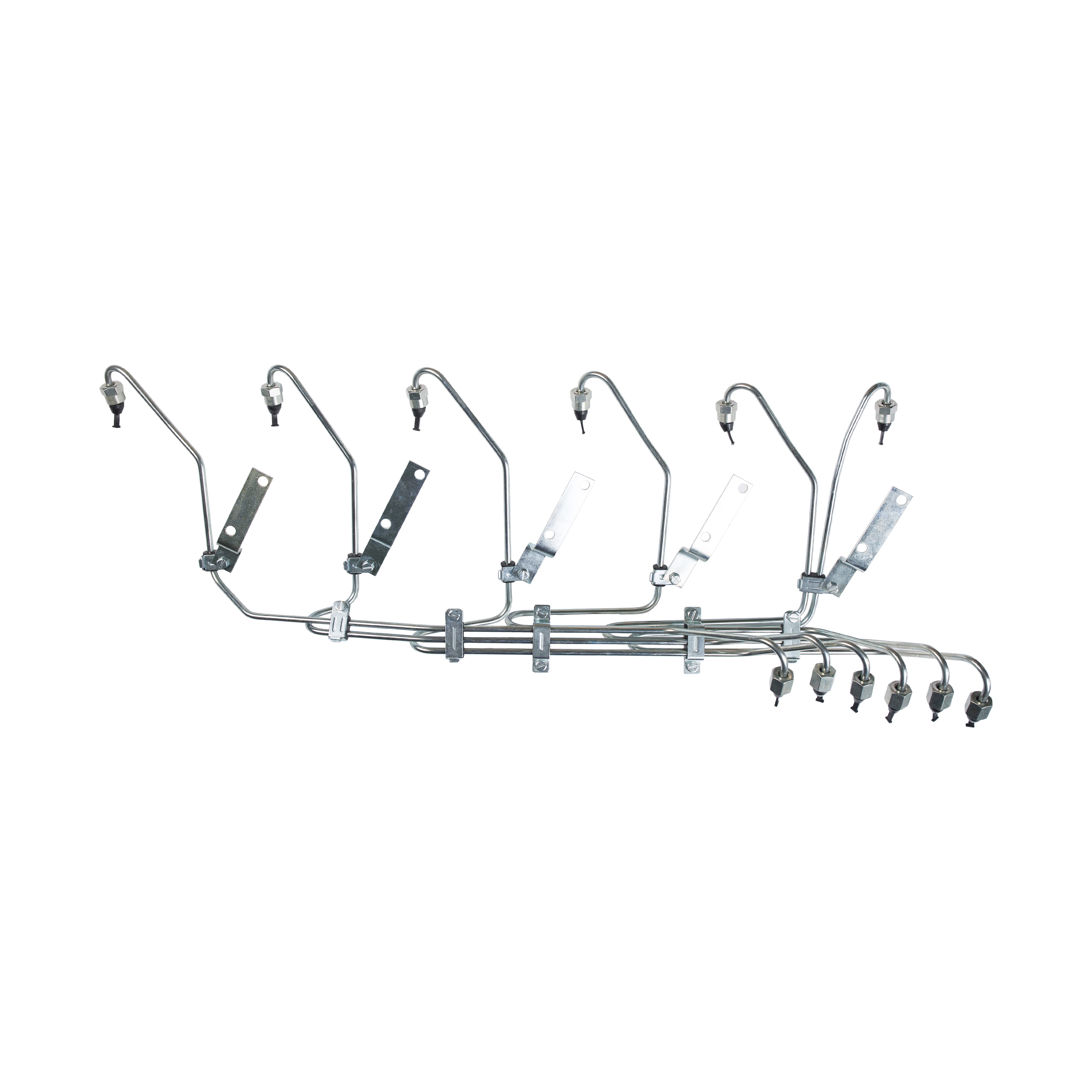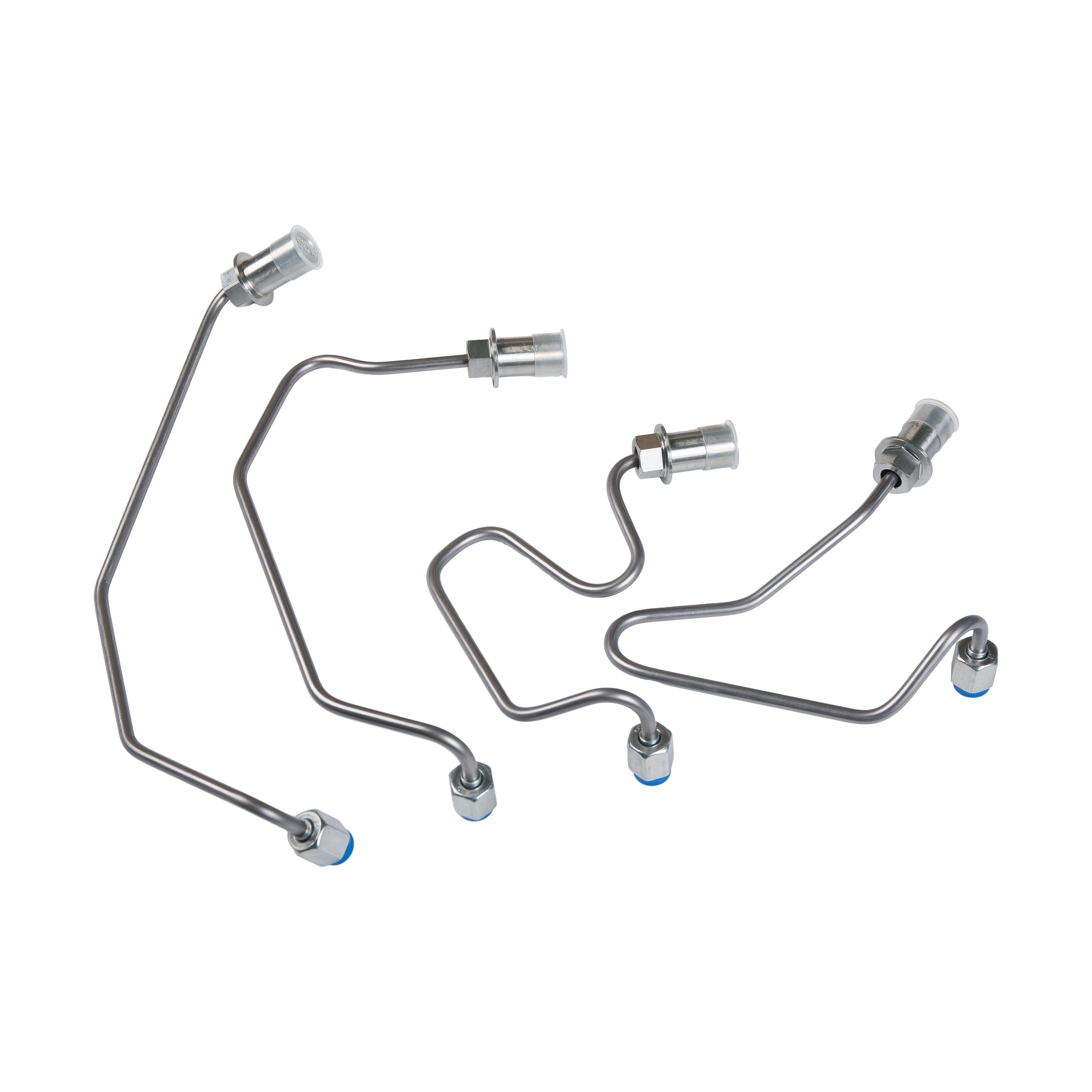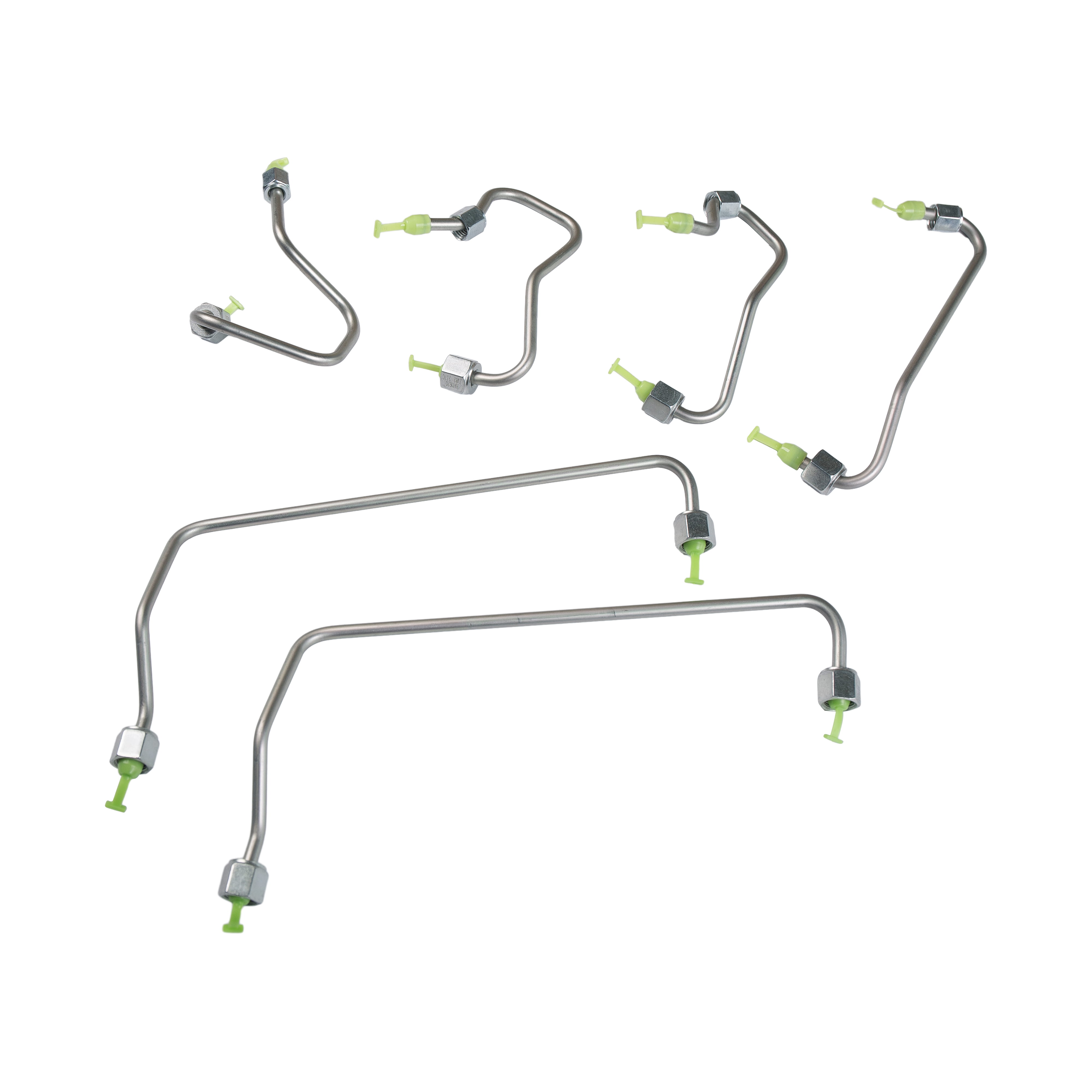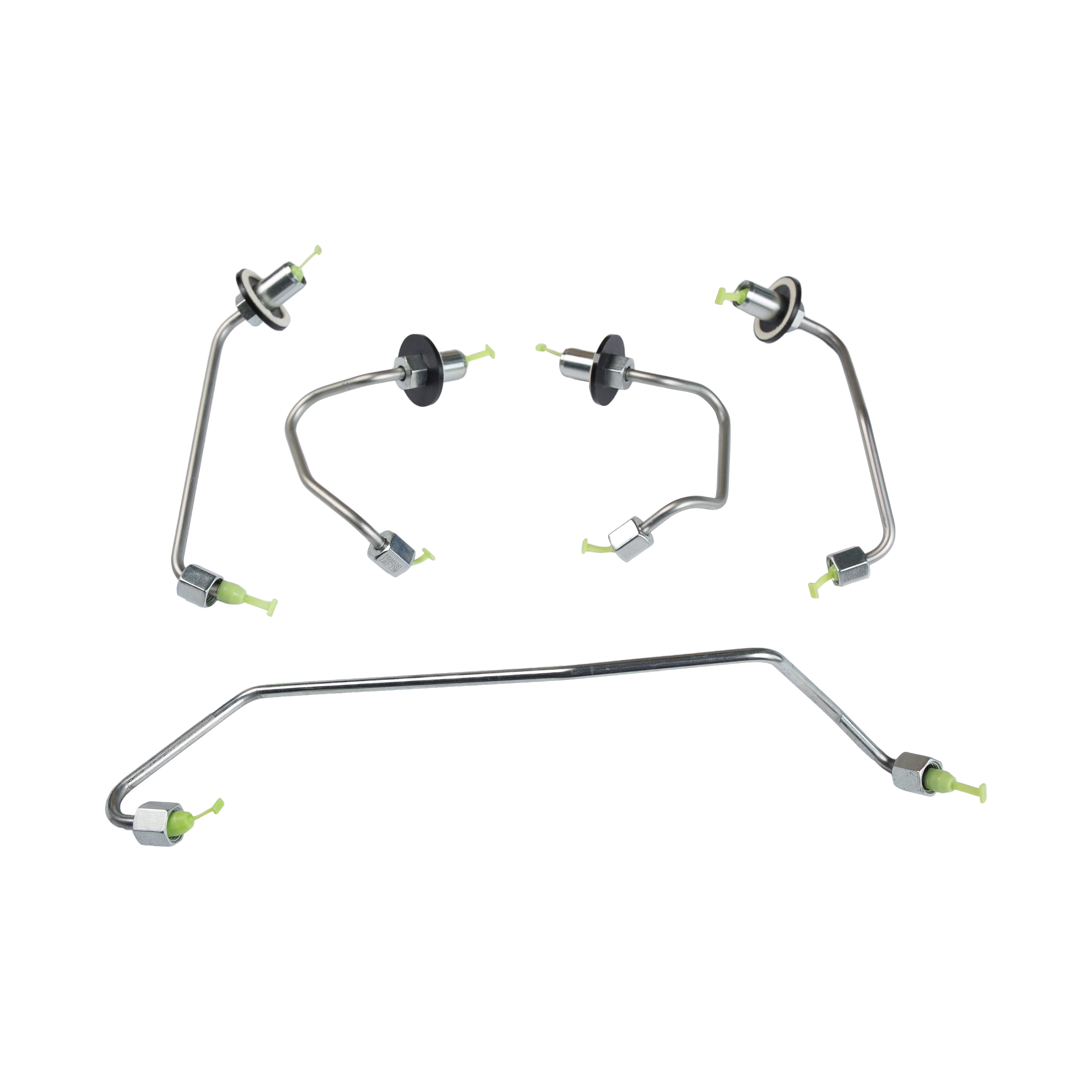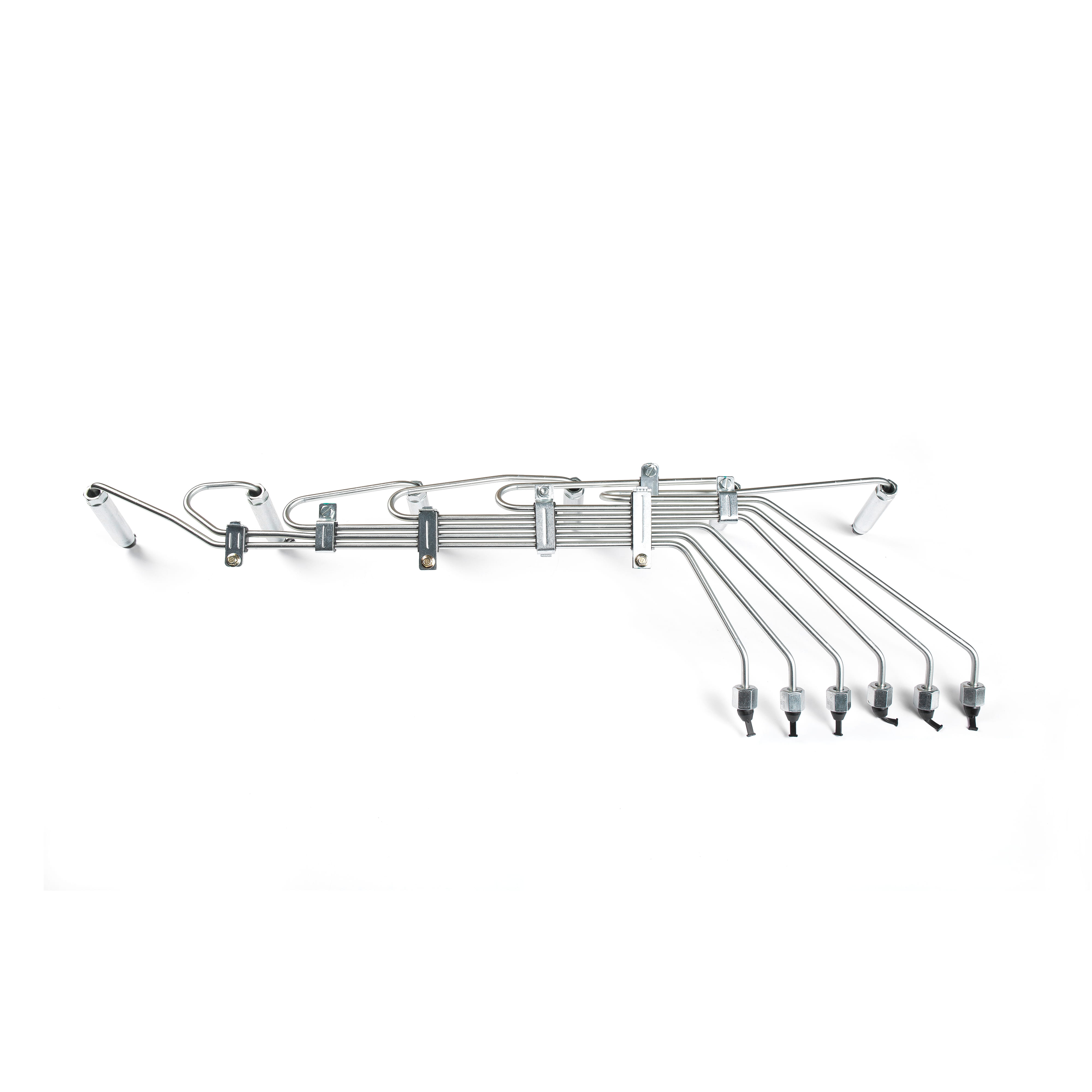Carbon steel pipelines are one of the most commonly used materials in the petroleum and petrochemical industry due to their strength, durability, and cost-effectiveness. They play a crucial role in transporting crude oil, natural gas, and a variety of chemical products, both in upstream exploration and downstream refining processes. Choosing the right type of carbon steel pipeline is essential for ensuring operational safety, efficiency, and economic viability. This guide provides an overview of the applications, benefits, and selection criteria for carbon steel pipeline systems used in the petroleum and petrochemical sectors.
Applications of Carbon Steel Pipelines
Oil and Gas Transmission
One of the primary applications of carbon steel pipelines in the petroleum industry is the long-distance transmission of crude oil and natural gas. Due to the high pressure and temperature conditions often found in such environments, carbon steel's mechanical properties—particularly its strength and resistance to pressure—make it a suitable material. Large-diameter carbon steel pipes are typically used to reduce friction losses and maintain throughput over long distances.
Refining and Processing Plants
Within refineries and petrochemical processing units, carbon steel pipelines are used for handling a range of fluids including feedstock hydrocarbons, water, steam, and process chemicals. In these settings, pipelines are exposed to fluctuating pressures, temperatures, and varying corrosive media. Low alloy carbon steels are often preferred for their enhanced resistance to these conditions.
Storage and Distribution Systems
Carbon steel pipelines are also utilized in storage terminals, tank farms, and distribution networks. These systems require reliable, high-capacity piping for the movement of refined products such as gasoline, diesel, jet fuel, and chemical derivatives. Their compatibility with welding and ease of maintenance make carbon steel pipelines a preferred choice.
Offshore Applications
In offshore drilling and production platforms, carbon steel pipelines are used for transporting extracted hydrocarbons from subsea wells to surface processing facilities. Special grades of carbon steel with added corrosion resistance are selected to withstand marine environments, where exposure to saltwater and humidity can lead to rapid degradation.
Types of Carbon Steel Used
Low Carbon Steel
Low carbon steel, typically containing less than 0.30% carbon, is the most common type used in general pipeline applications. It offers excellent ductility, weldability, and toughness, making it ideal for low-pressure systems and large-diameter pipelines.
Medium Carbon Steel
Medium carbon steel contains between 0.30% and 0.60% carbon and provides greater strength and hardness. This type is often used in high-pressure applications or where moderate wear resistance is required.
High Carbon Steel
High carbon steel, with a carbon content exceeding 0.60%, offers superior strength and hardness but reduced ductility. While it is less commonly used in the petroleum industry due to its limited weldability, it may be used in specific wear-resistant applications or components.
Alloyed Carbon Steel
Carbon steels alloyed with elements such as chromium, molybdenum, or nickel are used in environments where additional resistance to corrosion, oxidation, or high temperatures is needed. These are particularly suited for refinery units such as catalytic crackers, hydro-treaters, or reformers.
Key Selection Criteria
Pressure and Temperature Ratings
The pressure and temperature conditions of the pipeline system play a fundamental role in the selection of carbon steel grades and wall thickness. Standards such as ASME B31.3 or API 5L provide guidelines for material selection based on design parameters. Engineers must consider the maximum allowable working pressure (MAWP) and the operating temperature to avoid material failure.
Corrosion Resistance
Carbon steel is prone to corrosion, particularly in the presence of water, acidic gases (e.g., H₂S or CO₂), and chlorides. The selection must take into account the chemical composition of the transported fluid. For highly corrosive environments, coatings, linings, or corrosion-resistant alloys may be necessary, or the steel may be alloyed with elements that enhance corrosion resistance.
Weldability and Fabrication
Ease of welding and fabrication is essential, especially for pipelines that require onsite assembly. Low carbon steels generally offer superior weldability and are thus favored for field fabrication. The welding procedure should be carefully matched to the chemical composition and thickness of the pipeline to avoid defects and ensure structural integrity.
Mechanical Strength
Pipelines must withstand internal pressure, mechanical stress, and external forces such as soil movement or thermal expansion. The tensile strength, yield strength, and elongation properties of the chosen carbon steel should match the anticipated mechanical demands. High-strength low-alloy (HSLA) steels are often used for demanding mechanical applications.
Cost and Availability
Cost is a key factor in pipeline selection, especially for large infrastructure projects. Carbon steel offers a good balance of performance and affordability. However, the total cost must consider not only the material cost but also the expenses related to maintenance, inspection, corrosion protection, and potential downtime due to failure.
Regulatory and Industry Standards
Compliance with international and local standards is mandatory in the petroleum industry. Common standards for carbon steel pipelines include API 5L (Specification for Line Pipe), ASTM A106 (Seamless Carbon Steel Pipe for High-Temperature Service), and ASME B36.10 (Welded and Seamless Wrought Steel Pipe). Selection should align with the project specifications and legal requirements.
Protective Measures and Enhancements
Coatings and Linings
To extend the service life of carbon steel pipelines, various protective coatings such as fusion bonded epoxy (FBE), polyethylene (PE), and polyurethane (PU) are applied. Internal linings may include cement mortar, epoxy, or glass-reinforced plastic (GRP) to prevent corrosion and erosion.
Cathodic Protection
For buried or submerged pipelines, cathodic protection systems are widely used to mitigate corrosion. This involves applying a small electrical current to counteract the electrochemical reactions that cause rusting.
Thermal Insulation
In pipelines transporting high-temperature fluids or operating in cold environments, insulation materials are applied to maintain temperature control and prevent thermal losses or freezing. This also protects the pipe surface and enhances efficiency.
Common Challenges and Mitigation
Corrosion and Erosion
Corrosion remains the leading cause of pipeline failure in the petroleum sector. Regular inspections, the use of corrosion inhibitors, and the adoption of protective coatings are key to reducing this risk. Erosion caused by high-velocity flow or abrasive particles can also be mitigated by selecting appropriate materials and controlling fluid dynamics.
Mechanical Damage
Mechanical damage during installation, operation, or from external factors (e.g., excavation) can compromise pipeline integrity. Use of protective casings, route planning, and real-time monitoring can reduce such risks.
Stress Corrosion Cracking (SCC)
SCC is a form of localized corrosion that occurs under tensile stress in corrosive environments. Alloy selection, stress relief treatments, and environmental control help prevent SCC in critical applications.
Future Trends in Material Selection
Advanced High-Strength Steels (AHSS)
The industry is seeing a shift towards using AHSS materials that combine superior mechanical strength with improved corrosion resistance. These materials allow for thinner walls and reduced weight without compromising safety or durability.
Smart Pipelines
Integration of sensors and real-time monitoring systems in carbon steel pipelines allows operators to detect leaks, monitor temperature and pressure, and predict maintenance needs. These technologies improve safety and reduce downtime.
Sustainability Considerations
As the industry moves towards decarbonization and environmental responsibility, there is a growing interest in recyclable and low-carbon-footprint steel production. Manufacturers are developing greener steel processes and pipeline designs that meet environmental goals.
Carbon steel pipeline series remain indispensable in the petroleum and petrochemical industry, offering a reliable and cost-effective solution for transporting a wide range of fluids under varying conditions. Proper selection based on pressure, temperature, corrosion environment, and mechanical requirements is essential for ensuring system longevity and operational efficiency. With advancements in material science and monitoring technologies, the future of carbon steel pipelines is set to become even more resilient, intelligent, and sustainable.
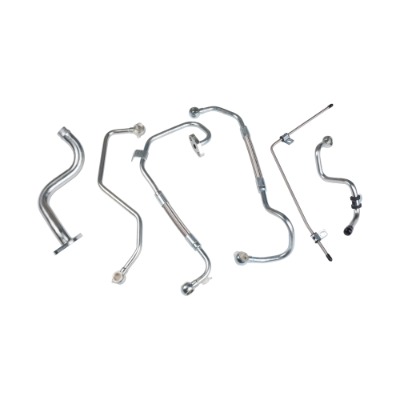

 English
English Español
Español русский
русский